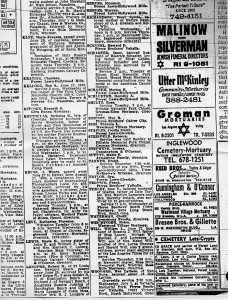From time to time, I get copied on mass emails from my agent looking for an author for a book on a specific topic. In early November 2022, I got such an email. Wiley was looking for someone to write Mastodon For Dummies.
I wrote my proposal that night, in spite of being in the thick of writing a 900-page programming book that was pretty much consuming every waking minute of my life. My proposal was accepted, and I was teamed up with Mike McCallister so the book could be written as quickly as humanly possible.
I jumped at this opportunity because I desperately want Mastodon to continue to grow and be successful, and this was a way that I could contribute to its success. I wrote my part of the book in two weeks, and the book was written, edited, published, and in stores in under 3 months — a crazy fast turnaround in the world of book publishing. It’s a really good book, too — thanks to a great co-author, editor, technical editor, production editor, copyeditor, and a team of people that’s far larger than I even know.
When I wrote my proposal and outline for the book, Elon Musk was in the process of destroying Twitter, and people were looking for an exit. Mastodon became the most popular option for “Twitter refugees” who wanted a social media site where they could post and read short messages, but without the negativity and extreme manipulation of their feeds that’s come to characterize Twitter under Musk.
Unlike Twitter, Mastodon is open source, completely free to use, and not controlled by a billionaire. In fact, Mastodon isn’t controlled by any single person or company. Instead, Mastodon is mostly built and operated by volunteers who feel strongly about creating a space where speech truly is free.
The problem, however, is that there’s a perception that signing up for and using Mastodon is more difficult than signing up for and using other social media sites. Mike and I and the team at Wiley were determined to do what we could to change this.
Mastodon For Dummies is the first book about Mastodon, and it gives simple-to-follow instructions for everything you’ll want to do on Mastodon. It starts with a quick overview of how Mastodon is different from other social media sites and then goes into a wide range of topics, including:
- How to sign up for Mastodon
- How to find your friends and make new friends on Mastodon
- How to create posts, favorite posts, and boost other people’s posts
- How to curate your Mastodon feed (because there’s no algorithm that’s going to do it for you!)
- How (and whether) to conduct business on Mastodon
- How to set up your own Mastodon server
What excites me most about Mastodon is that it feels like the World Wide Web I fell head-over-heels in love with in 1993. It’s a community of people who are having conversations and sharing their interests and ideas in an advertising-free environment without having their actions monitored and tracked. For the most part, people on Mastodon are friendly and aren’t trying too hard to sell you on themselves or something else. Every post by someone you follow shows up on your feed — in the order in which they were posted. It’s simple, but liberating, to be in complete control over what you see and don’t see.
The best part is that the creators of Mastodon aren’t going to sell it or suddenly start charging $8 per month or sell your personal information to make money off advertising — and they couldn’t if they wanted to.
The book is now in every store and on every website that sells computer books. If you want to support and become part of an authentic community on the Internet without being at the mercy of a mega-corporation or eccentric billionaire — please check out the book from your local library, independent bookstore, or even Amazon.com.
If you have any questions about Mastodon that aren’t covered in the book, please email me (chris at minnick dot com), or direct message me on Mastodon!
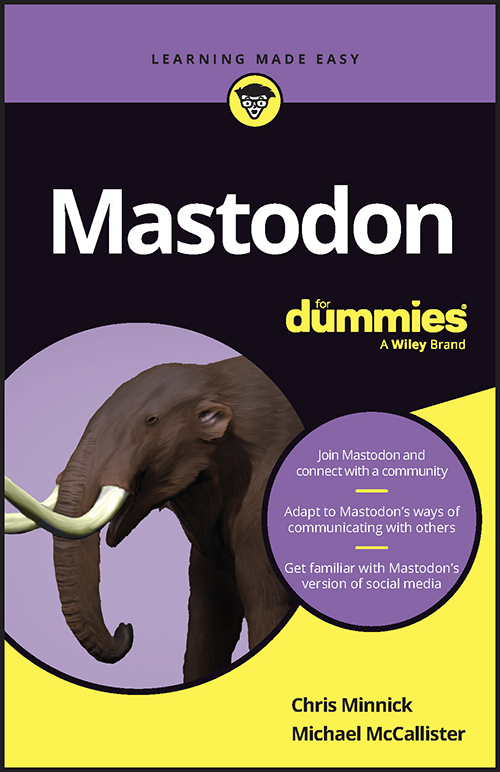

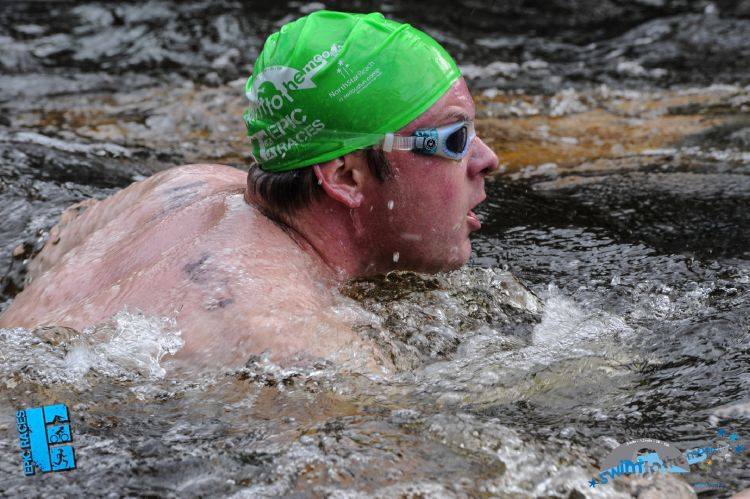
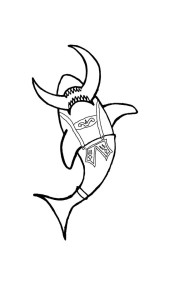
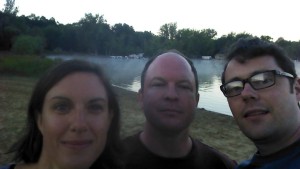
 I finished the race in 1 hour, 34 minutes (107th overall, out of 217 swimmers) and took 5th for men in my age group (out of 10). My sister finished 2nd in her age group (32nd overall) with a time of 1 hour, 18 minutes.
I finished the race in 1 hour, 34 minutes (107th overall, out of 217 swimmers) and took 5th for men in my age group (out of 10). My sister finished 2nd in her age group (32nd overall) with a time of 1 hour, 18 minutes.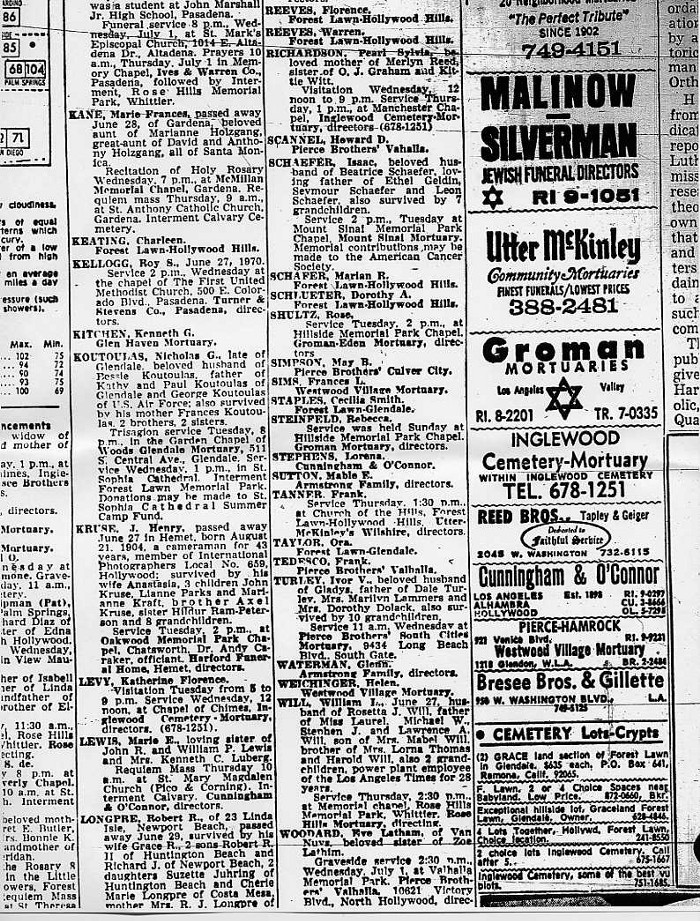
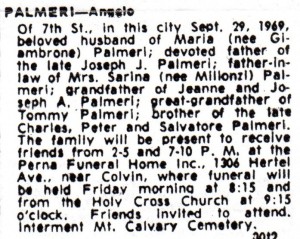 I’ve been a professional writer for 22 years. The first time my writing was published was in 1993, when I was the circulation manager for a small weekly newspaper in Detroit. The full-time reporters considered the job of writing death notices to be beneath them, and shoved it off onto me.
I’ve been a professional writer for 22 years. The first time my writing was published was in 1993, when I was the circulation manager for a small weekly newspaper in Detroit. The full-time reporters considered the job of writing death notices to be beneath them, and shoved it off onto me.